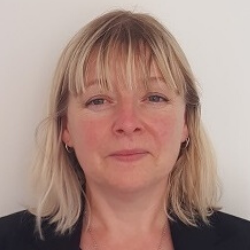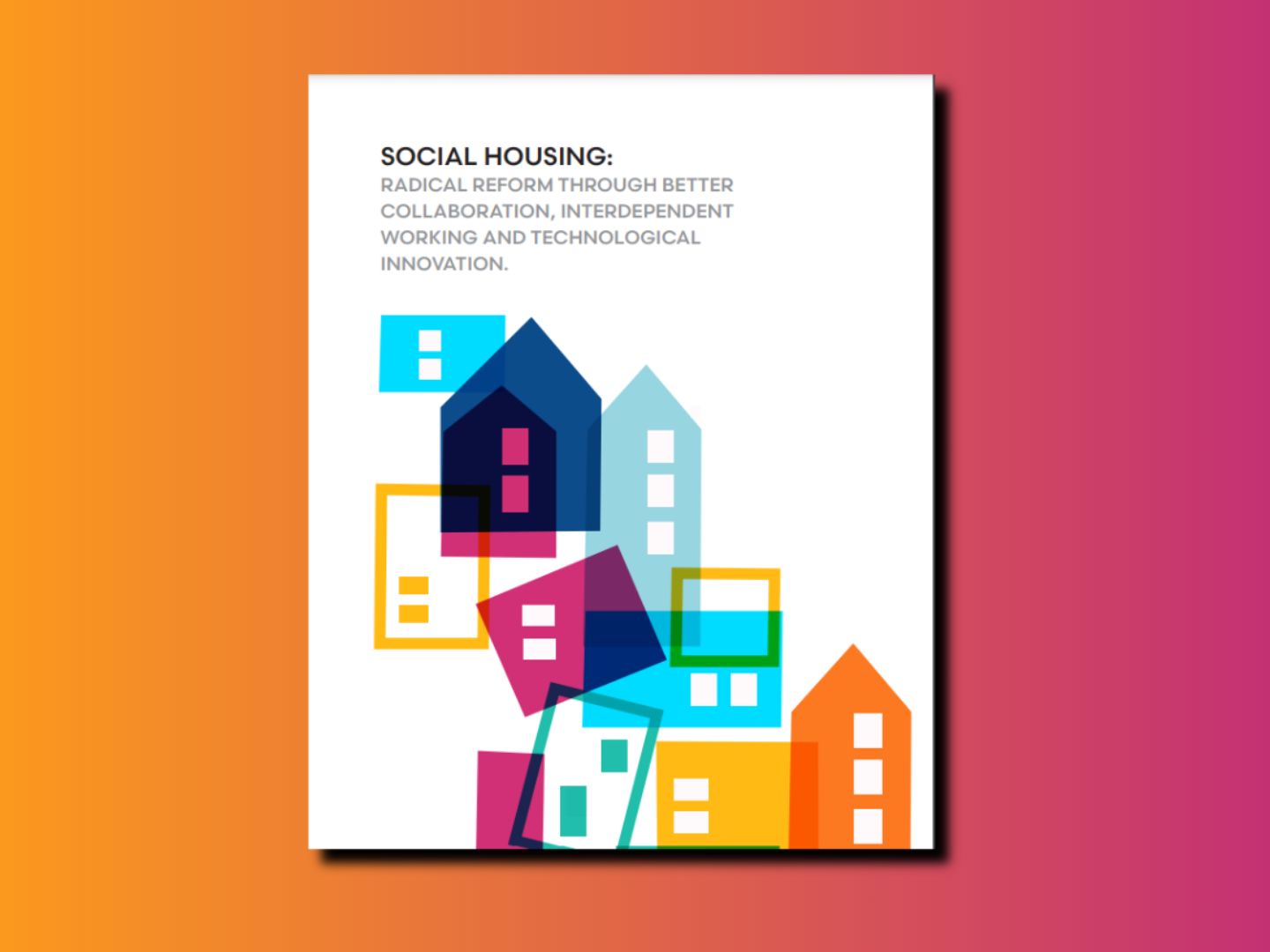Running effective and yes, inspiring meetings can make the difference between trustees staying with a charity and making a positive impact or not. Sarah Loader, CT Consultant, discusses how to to run effective meetings.
Trustees give a great deal of time to their charity because they believe in what it is set up to do and want it to achieve its aims. However, for many trustees, most of their time is spent in meetings. Hardly the way to fulfil a burning desire to change society!
However meetings, whether we like them or loathe them, are a key part of the job of a trustee. Running effective and yes, inspiring meetings can make the difference between trustees staying with a charity and making a positive impact and them running away after their first board meeting experience.
I have worked with many charities and seen first-hand how a good or bad meeting can have a significant impact on the governance of the organisation. One charity I worked with held meetings where the agenda stretched to two pages. Many of the papers tabled went into great operational detail about the charity. The trustees were very committed to the organisation and a number of them were heavily involved in the delivery of services. They enjoyed discussing operational issues, in which they had great knowledge. However by doing this, they were treading on the toes of the chief executive and staff, who should have been taking forward matters at this level. They also failed to discuss important strategic issues because they were so engrossed with the detail.
Another organisation experienced problems because staff tabled items for meetings at the last minute. Papers were sent to trustees as they were produced,rather than in a pack, and sometimes papers were tabled at the meeting itself. This gave the trustees little or no time to read the papers or to seek further information or clarification on an issue.The trustees were therefore unable to scrutinise the information presented to them or to hold an effective strategic discussion.Trustees often asked for the paper to be resubmitted to the following meeting to give them time to look at the issue.Trustees were left feeling annoyed by the time wasted and they also felt like they were being bounced into a decision. Staff had to wait for the following meeting for a decision, which delayed important areas of work.
 Another charity had effective agendas with papers sent to trustees in advance of the meeting. However, the papers they submitted were very long and detailed and rarely made clear what trustees should do with the information they had been sent.A request for a decision on an issue would often be buried in page 5 of an annex to the main paper. This led to lengthy,unproductive discussions at the meeting and staff were left afterwards without a clear decision from the trustees.
Another charity had effective agendas with papers sent to trustees in advance of the meeting. However, the papers they submitted were very long and detailed and rarely made clear what trustees should do with the information they had been sent.A request for a decision on an issue would often be buried in page 5 of an annex to the main paper. This led to lengthy,unproductive discussions at the meeting and staff were left afterwards without a clear decision from the trustees.
By putting in place a bit of structure andplanning meetings in advance, many of these issues can easily be overcome.
Here are 8 ways to help improve your meetings:
1. Schedule key meetings with agreed dates a year in advance. These could include meetings on: approving theaccounts; meeting with the auditors;considering the risk register; and reviewing key policies.
2. Use an online meeting schedule tool to organise meeting dates.
3. Include focused agendas for trustee meetings that concentrate on strategic issues. The agenda should be discussedand agreed in advance by the chair and chief executive.
4. Put in place a clear timetable for production of trustee papers.This should build in plenty of time for both the chair and chief executive to offer comments on drafts and for papers to be produced in good timefor the meeting.
5. Structure agendas so that important issues are discussed early on. Ensure early discussion offinancial issues to help supporteffective decision making on the affordability of proposals put to theboard in later papers.
6. Produce a standard board paper which ensures that clear information is provided to the trustees on: key issues to discuss; what action, if any,they need to take; the financial andstaffing implications; and how the paper fits in with the charity’s strategy.
7. Send a full set of papers to trustees at least a week prior to the meeting to allow them time to digest the information and clarify any issuesin advance.
8. Build in time at the start of meetings to invite key staff to give an overview of their area of work so that trustees have a better understanding of the impact of the work of the charity and can take inspiration from the difference that the charity can make.
In summary, having the right structures and systems in place to run effective trustee meetings helps to improve charity governance and trustees might start to enjoy meetings more and feel like they are really making a difference.
Sarah Loader is a Consultant at Campbell Tickell. For more information or to discuss this article, please contact: sarah.loader@www.campbelltickell.com



